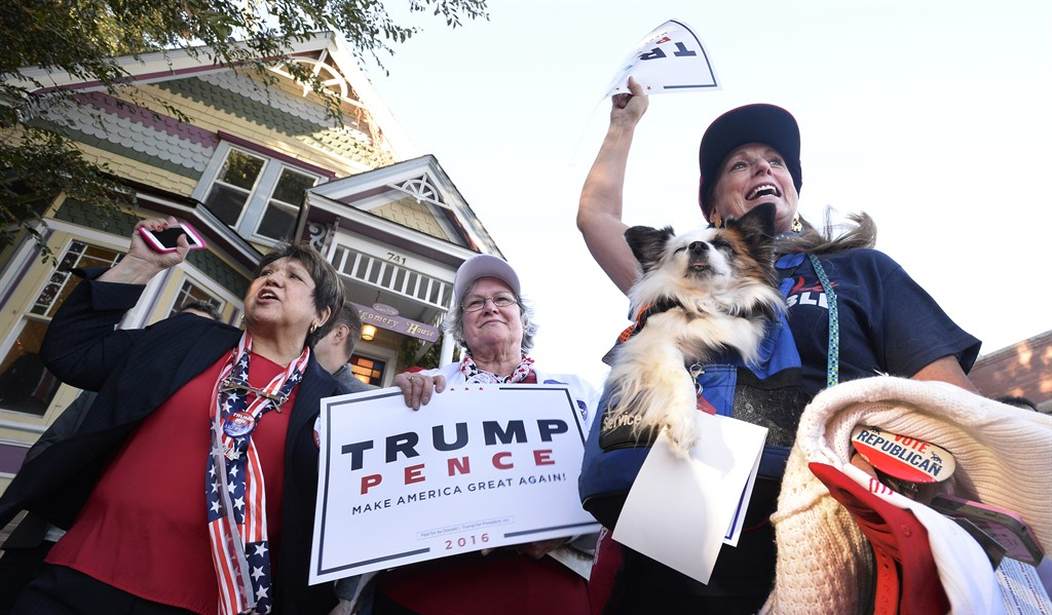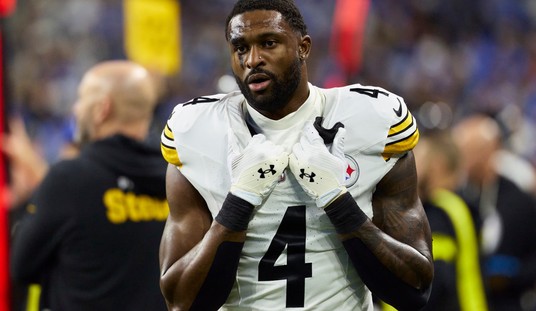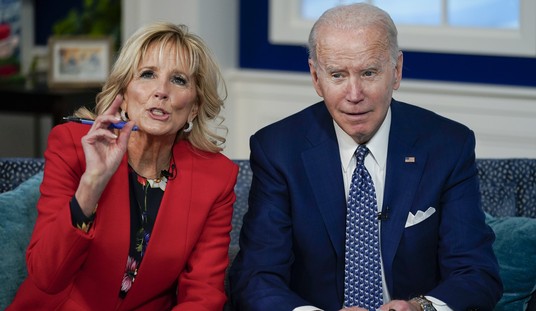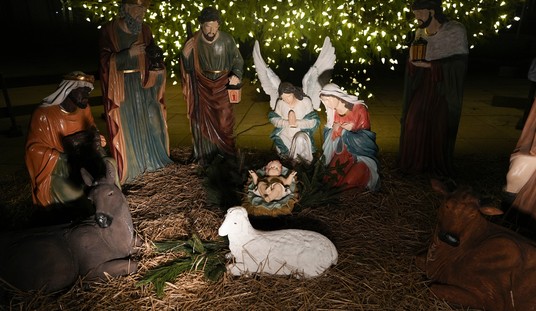America's political experts got it wrong in 2016, not because they took too few polls but because they made the false assumption that American elections are immune to societal change.
The experts are, in large part, still getting things wrong, not only by failing to understand a new group of voters who put President Donald Trump in the White House but also by ignoring why the group voted the way it did.
When explaining the Trump voter, the media usually offer portraits of isolated, uneducated, working-class rubes who are driven by anger, race and nationalism. It's hard for the experts and those who didn't support Trump to see it any other way.
And while the media obsess over the future demise of the president, they aren't pausing to consider the strength and durability of the coalition that swept him into office. They aren't asking why people in the Rust Belt counties that voted for former President Barack Obama twice suddenly switched to Trump.
But they should, because Trump was not the cause of this movement; he was the result of it. In order to fully appreciate his rise to the White House, you need focus on the people who put him there.
My new book, "The Great Revolt: Inside the Populist Coalition Reshaping American Politics," co-written by Brad Todd, is a road trip into the lives of Rust Belt voters who switched their state's allegiance in the 2016 presidential election.
From the back roads and side streets of places like Erie, Pennsylvania, and Kenosha, Wisconsin, emerge blue-collar optimists, evangelical pragmatists and suburban vacillators who turned the dials just enough to shock the body politic, leading to an emerging populist-conservative alliance that wrecked the old partisan framework.
Recommended
Far from a fluke, the 2016 election was a product of the tectonic plate grinding of our society -- a backlash against globalism, secularism and coastal elitism. An August 2017 survey of 2,000 self-reporting Trump voters in the Rust Belt, commissioned by me and my co-author, revealed their motivations, priorities and decision-making, and reinforced what we had found in our interviews.
In "The Great Revolt," we pinpoint and describe several archetypes of the new Trump voter, many of whom broke ranks to back him. Those hoping to predict what comes next in American life should study them -- because the ballot box likely won't be their last venue for change.
HIDDEN IN PLAIN SIGHT
JEFFERSON, Ohio -- When you walk into the Legally Sweet Bakery on Chestnut Street, you can barely see Bonnie Smith standing behind the display cases filled with sugar cookies, tea cakes, cream wafers, brownies and mini tarts.
But don't let her diminutive size fool you. At 63, Smith is a powerhouse. After working her way up from a cook's job to the role of deputy sheriff at the Ashtabula County Sheriff Department, she is now in her second career as a small-business owner.
Smith was fed up with the economy, and she's just one of many stories in "The Great Revolt" about the voter swing toward Trump.
It is 9 a.m. on a Tuesday, and she has already been up 8 1/2 hours baking delicacies to fill her cozy shop.
For years, Smith's politics reflected those of her community. She was raised a Democrat; her parents were Democrats; her husband was a Democrat; she worked for the Democrats. She even voted for Sen. Bernie Sanders in the March 2016 presidential primary.
And then suddenly, she says, "I woke up one morning and said, 'I had had enough.'"
Smith says her dissatisfaction grew as she looked around her community. The main-street business district where her bakery is located was sprinkled with closed storefronts. The opioid crisis had ravaged the area, and every news story was about job cuts instead of job creation.
She said: "I am kind of that voter that was hiding in plain sight that no one saw coming. I was right here all along. I've seen the job losses here, the rising crime, the mess and heroin problem, society essentially losing hope. Something just gave in within me."
To her surprise, her husband echoed her sentiments. They both voted for Trump.
Smith's journey to that point was not an evolution; it was a revelation. And many others in Ashtabula County experienced the same eureka moment: The exact county that gave Obama a 54 percent majority of its vote in 2008 and a 55 percent majority of its vote in 2012 swung a remarkable 31 points to give Trump a victory over Hillary Clinton by a margin of 57 percent to 38 percent.
CHRISTIAN SOLDIERS
BRISTOL, Wis. -- Julie Bayles did not decide she would vote for Trump until she walked into the voting booth on Nov. 8, 2016.
The 44-year-old mother of seven took issue with Trump's coarse language and boorish behavior on the campaign trail and found both incompatible with the commands of her own Christian faith.
"It was the hardest decision I think I've had to make as an adult in any voting process," Bayles said. "It was so difficult. And I think the reason it was so difficult is because I don't take it lightly. This is important. This is our country. This is my seven children's future."
Bayles' evolution to Trump voter demonstrates how the president exceeded expectations with evangelical Christians and conservative Catholics.
How did a thrice-married, Playboy playmate-courting, a-religious New York billionaire become the leader of an evangelical political crusade? He punched back. And he offered a transaction: In exchange for Christian conservatives' support, he vowed to defeat the enemies of religious liberty. Ultimately, they saw him as a warrior for religious freedom.
Bayles and her husband, Donnie -- along with two of their adult children -- could have easily stayed home on Election Day when faced with their two choices. Instead they were part of a political tipping point in Wisconsin, a state in which 22 percent of the adult population is affiliated with an evangelical Protestant church and 71 percent identify as Christian.
The alliance between the billionaire and the believers, however transactional, has persisted well into Trump's presidency.
"Funny, all of that anxiety, all of that praying," Bayles says, "and it turns out I like him now much more than I did when I voted for him."



















Join the conversation as a VIP Member